Organic Mulch: 6 Types, Advantages and Disadvantages
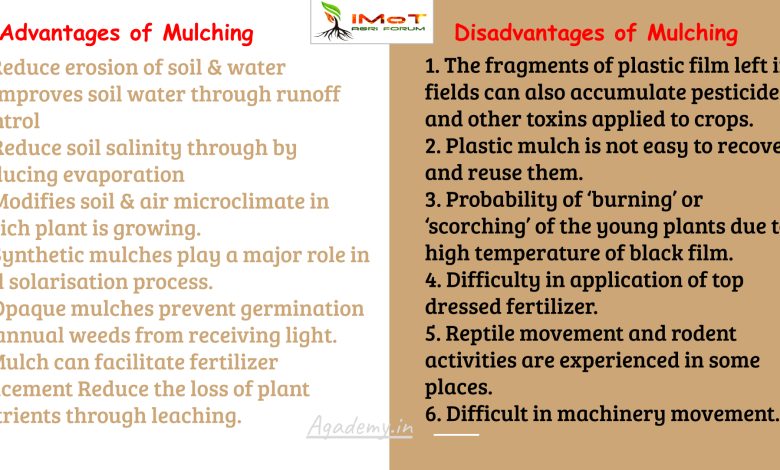
Organic mulches can eliminate or reduce weed growth and offer other important benefits such as organic matter, nutrients, moisture retention, soil protection and soil temperature moderation.
The drawbacks are cost and labor to apply, limited effectiveness on perennial weeds, delay in soil heating, and the possibility of carrying weed seeds and/or pests.
Hay, straw, and freshly cut forage or cover crops are among the most versatile and widely used organic mulches.
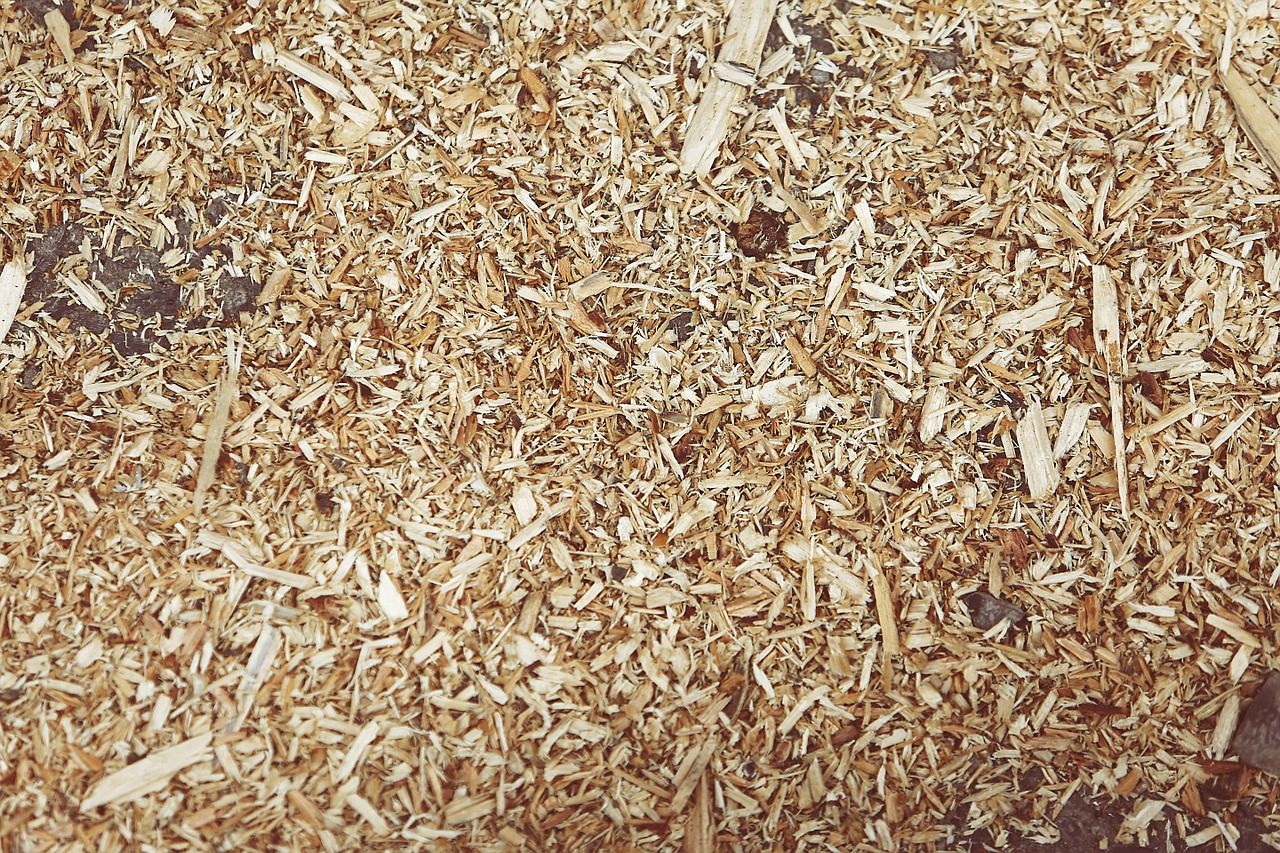
Can suppress germination and growth of weeds when applied at reasonable rates, fairly easy to apply, reduce soil moisture loss through evaporation; while allowing precipitation to reach the ground.
Beware of this: Care must be taken to avoid introducing weed seeds or herbicide residue with hay purchased or obtained elsewhere.
Tree leaves, chipped brush and other forest mulches are often good for small areas with some fruit trees and other perennial crops, however they are not the best option for weed control on a multi-hectare scale.
This article explores in greater depth the properties, uses, advantages and disadvantages of the different organic mulches that we can find and use.
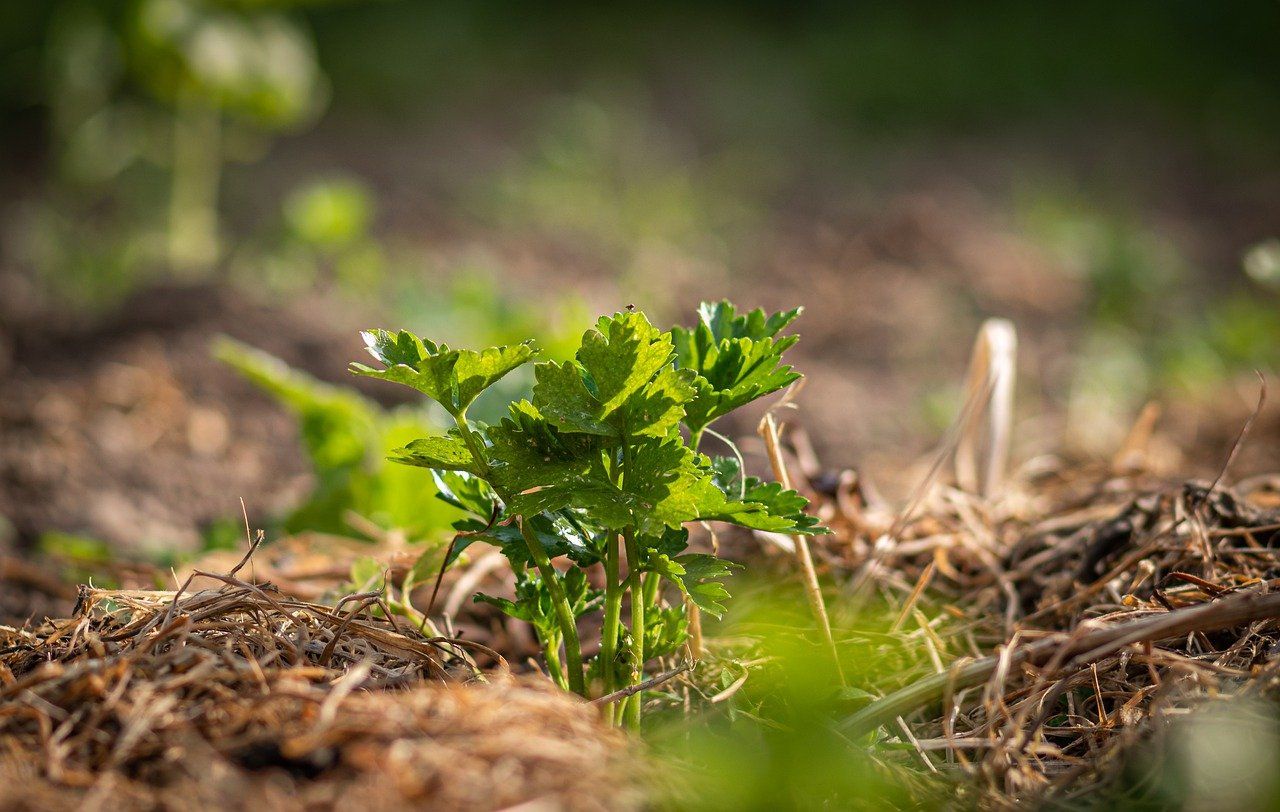
What is an organic mulch?
Organic mulch materials include cereal straw, fresh or old hay, freshly cut forage or cover crops, chipped brush, wood chips, tree leaves, gin residues cotton, rice or buckwheat hulls and other crop residues.
Hay and straw are the most widely used organic mulches in organic horticulture.
Leaf mold (decomposed tree leaves), compost, and aged manure have also been used as organic mulches, although their crumbly texture may not provide as effective a barrier to weed seedlings as other materials.
How can organic mulch block weed growth?
Organic mulches suppress weeds in several ways.
- First, they block the stimuli for seed germination by intercepting light, lowering soil temperatures, and greatly buffering temperature fluctuations between day and night. As a result, fewer weed seeds germinate under the mulch than in bare soil.
- Second, mulch physically hinders the growth of weeds that do germinate. If the mulch is thick enough to prevent light from reaching trapped seedlings, they will eventually die. AND
- Third, some mulch materials , such as cereal straw and freshly cut forage, release natural substances that inhibit weed seedling growth for several weeks after application, a process known as amelopathy.
- Finally, organic mulches can improve crop growth and competitiveness against weeds by conserving soil moisture and moderating soil temperature.
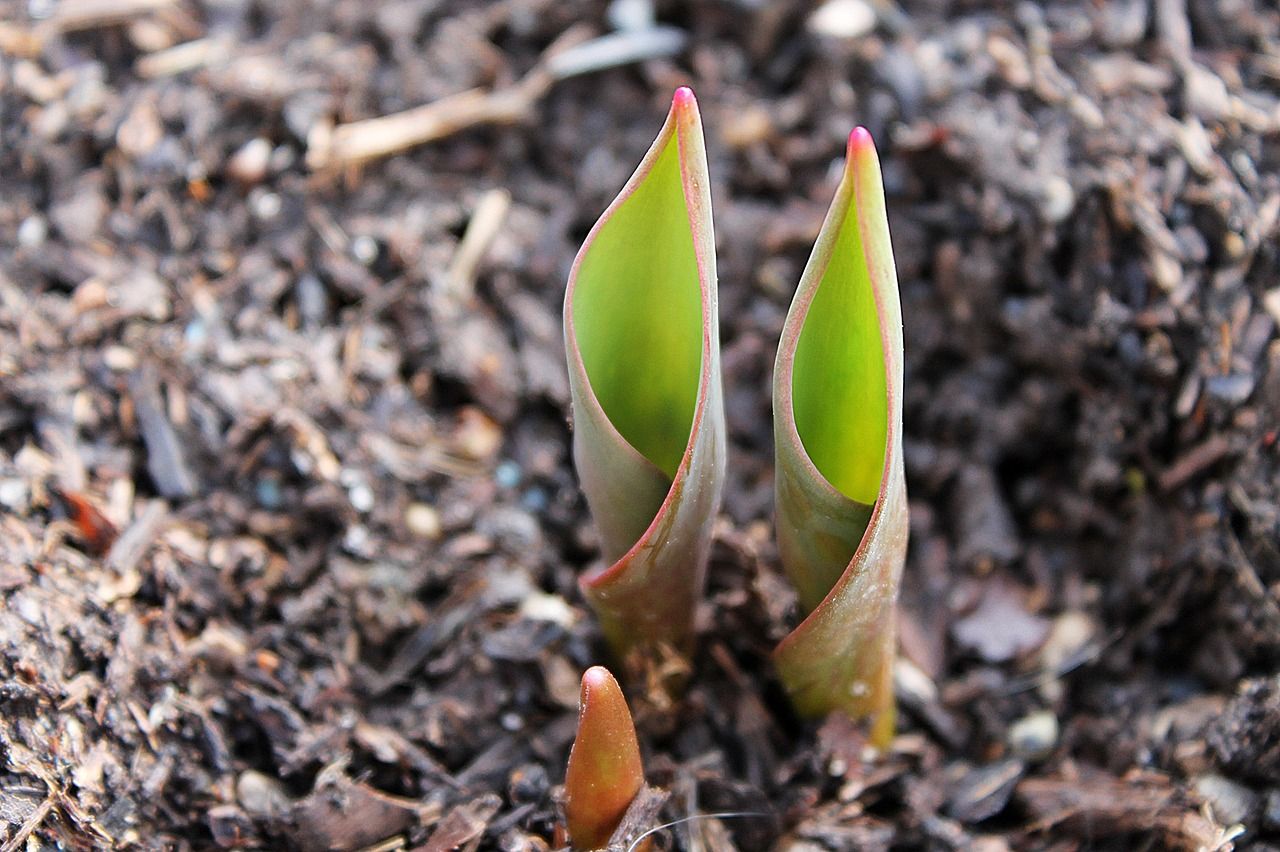
Straw and other organic mulches effectively block the growth of most weeds that germinate from seed, although grasses and large-seeded broadleaf weeds may require a greater thickness of material than large-seeded broadleaf weeds. small seed, which have more delicate seedlings.
Perennial weeds that arise from rhizomes, tubers, or other vegetative propagules typically break through most organic mulches.
Weeds that have already emerged at the time of mulch application should be cultivated or pulled before mulching; simply placing organic materials on established weeds is less effective. Once the weeds break through the mulch, they will enjoy the same benefits as the other plants you have grown and will grow vigorously.
Usually some weeds will eventually emerge through the organic mulch. Fast-growing, canopy-forming crops such as sweet potatoes, squash, or beans often shade these slower-growing weeds.
Slower growing and less competitive vegetables such as onions and carrots may require manual weeding or additional mulch to maintain satisfactory weed control.
Next we are going to see the most common and used types of organic mulch.
Hay
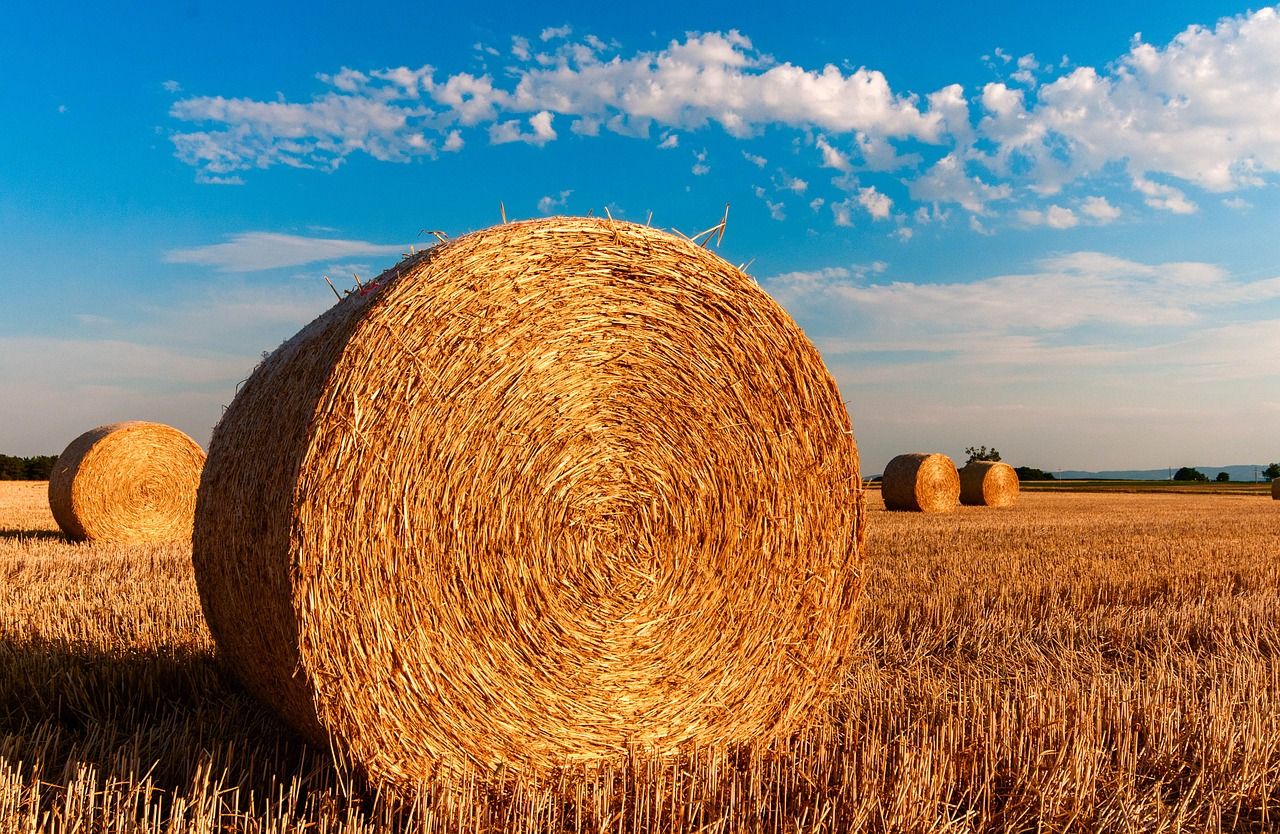
Hay is often used to cover horticultural crops in some regions, where prevailing farming systems include haymaking, and old hay is more affordable than straw and other materials.
Hay has some drawbacks and must be chosen and used with care. However, it is quite easy to apply in small-scale plantations, and is often beneficial for soil quality and crop production.
Advantages of using hay as organic mulch
A hay mulch about 7 to 10 centimeters thick can:
- Reduce the emergence of weed seedlings, especially small-seeded broadleaf annuals.
- Provide a habitat for beneficial organisms, including ground beetles and other weed seed consumers.
- Allow air and rain to reach the ground.
- Moderate soil temperature in hot weather.
- Conserve soil moisture.
- Avoid the formation of crusts in the soil and erosion.
- Keep pumpkins, melons and other fruit crops out of direct contact with the ground and therefore cleaner.
- Add significant amounts of organic matter and slow-release nutrients, especially potassium (K).
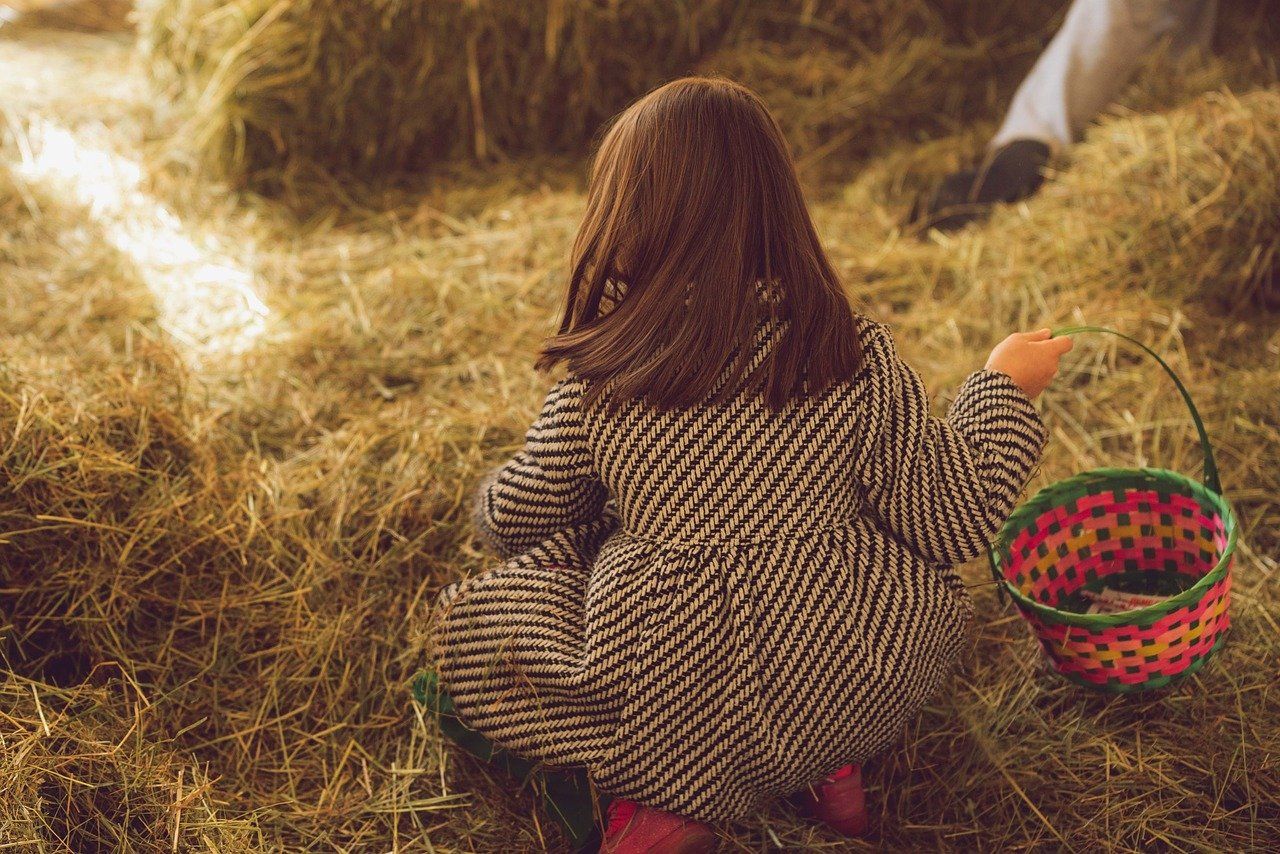
Disadvantages
Hay has some drawbacks as an organic mulch:
- Does not suppress most perennial weeds.
- May contain weed seeds or herbicide residues (see box).
- It can harbor slugs, bedbugs, voles, and other pests.
- It can keep the soil too cool or wet, slowing the growth or maturation of crops.
- It can accentuate frost damage by preventing radiant heat from the soil from reaching crop foliage.
- It can accumulate excessive levels of potassium (K) in the soil when it is used year after year.
If you buy hay: Watch its origin
Off-site hay is a notorious source of serious new weed species on a farm.
Even in fields with good weed management, hay that has been cut too late in its development will carry seeds of the forage species itself, which can be a nuisance if they appear in a vegetable crop.
In addition to weed seeds, the horticulturist must be aware of the possibility of toxic herbicide residues.
Some grass hays are produced using weed control products that contain highly persistent active ingredients such as clopyralid, aminopyralid, picloram, and aminocyclopyrachlor, all of which are highly toxic to broadleaf plants.
Hay from fields treated with any of these materials can cause serious damage to crops in the tomato family, cucurbit family, and other vegetables around which the hay is applied as mulch.
Symptoms include curling and twisting of leaves and petioles (leaf stalks), and stunted growth, which can lead to crop failure or plant death.
Subsequent plantings of vegetables or broadleaf cover crops may continue to show symptoms for a year or more after the initial contamination, and the field may lose eligibility for organic certification until the herbicide residues have disappeared.
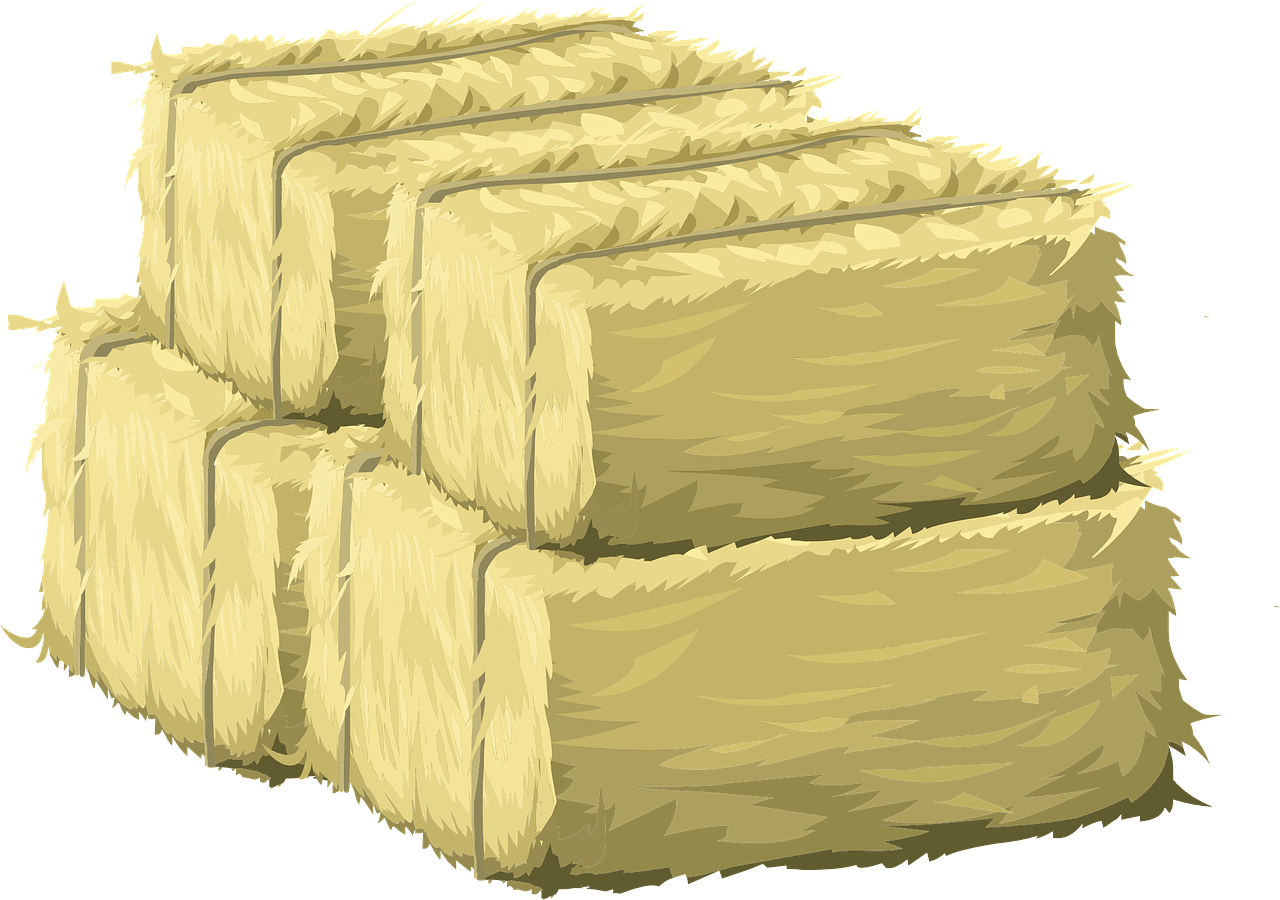
These herbicides are not degraded by composting. If horses or cattle graze or eat hay from treated fields, and their manure has been hot composted, cured for a year, and applied to vegetable beds, the vegetables may still be toxic.
Our recommendation before purchasing hay:Before bringing hay into your field, garden or farm to use as mulch for horticultural crops, it is always worth checking with the farmer who grew the hay about weed management practices, herbicide use and the use of herbicides. moment of the cut in relation to the establishment of the forage seeds.
Not all hay is created equal. Grass hay is lower in nitrogen (N) and phosphorous (P), higher in K, and more persistent and weed suppressive than legume hay.
Due to its high carbon to nitrogen (C:N) ratio, grass hay has been reported to absorb nitrogen from the soil. However, this is more likely to occur when hay is incorporated into the soil, not when it is applied to the surface as mulch.
A mixture of grasses and legumes (such as timothy-alfalfa, fescue- red clover, or rye-milk vetch) produces a more balanced mulch that provides slow-release nutrients to soil life and crops, and persists long enough to provide several weeks of weed suppression.
Straw
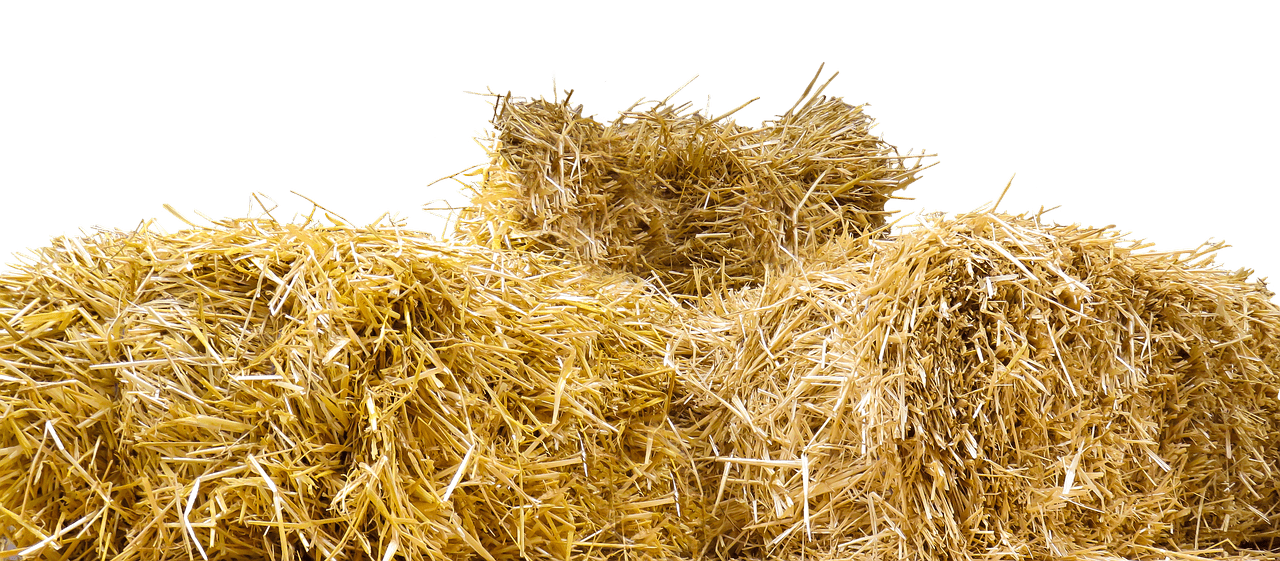
Straw, defined here as the stalks and other residues that remain after the harvest of a mature grain, is similar to hay in its texture, potential for soil protection and moisture conservation, weed suppression, and methods of application.
Straw differs from hay in that:
- It has a higher proportion of carbon and nitrogen (C:N ratio).
- Provides a cleaner, more persistent mulch that breaks down more slowly and is more effective at keeping squash fruit and other vine crops clean.
- transport seeds of the cereal crop itself, but is less likely to transport other weed seeds. Has somewhat lower K levels and slower K release.
- It is lighter in color and more reflective, so it can cool the soil more than hay.
- Because straw is much less likely to introduce serious new weed problems than hay, organic growers located in or near regions
- Grain producers where straw is available and affordable often prefer straw to hay. The high C:N ratio of the straw prevents much N from being released from the litter for the crop
- of the current year, but does not normally cause N accumulation in the soil, as long as the mulch sits on top of the soil and is not tilled.
Drastic cooling of the soil under the straw can retard crop growth; however, it can be beneficial for cool weather crops such as potato, where tuber growth is inhibited by soil temperatures above 25°C; and for other crops during hot summer weather.
For example, tomato shows optimal nutrient uptake and production at root zone temperatures of 25ºC and 30ºC, and is stressed at higher temperatures; therefore, it often performs better on organic mulches than plastic mulches during the heat of summer.
Bright, reflective thatch can intensify heating of crop foliage under a row cover, leading to crop damage (Kittredge, 2008-09a), and can also increase frost damage.
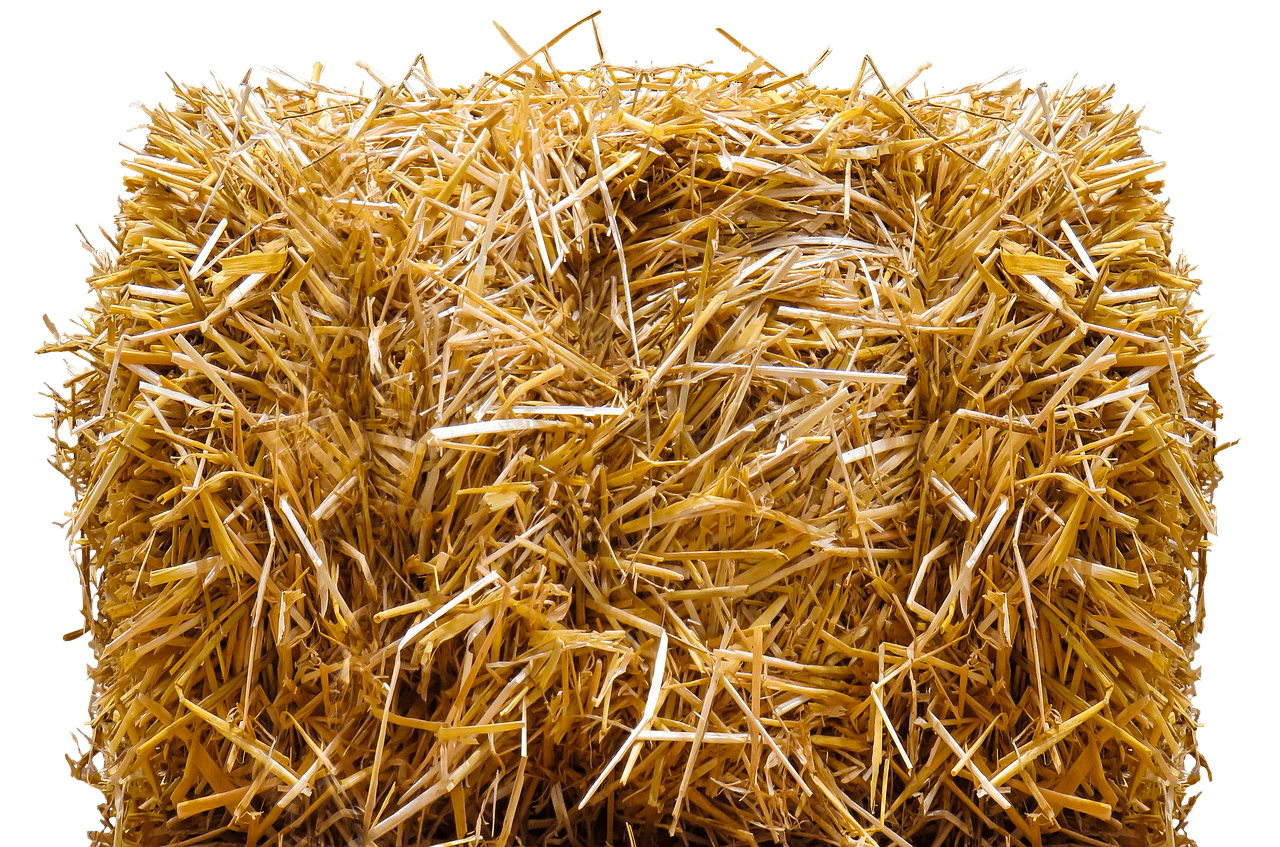
Some horticulturists have streamlined on-farm harvesting and mulching by using a flail chopper and forage cart to harvest, then removing the freshly cut forage from the cart as it is slowly dragged along the crop rows.
Other growers grow alternate rows of vegetables and cover crops (eg potato), and periodically mow the cover crop, blowing clippings into the vegetable row as mulch.
This approach saves the labor and costs of curing, baling and storing the hay.
However, fresh grass or “green chopped” legumes have been reported to promote certain soil-borne pathogens for a short period after application; therefore, fresh-cut forage mulches should be tested on a small area for each crop prior to field-wide application.
Some tips for optimal use of straw mulch for weed control:
- Cultivate and use straw from the farm itself, if possible.
- Before you buy, check that the straw is free of weed seeds and herbicide residues.
- Apply mulch when crops are well established, and soil temperature and moisture are optimal for the crops in question (exception: fall -planted garlic is mulched immediately after planting).
- Hill or cultivate at the beginning of a warm, sunny day, wait 12-36 hours to let uprooted weeds die, then spread mulch (applies to all organic mulches).
- Use enough straw to suppress most weed seedlings.
- Monitor soil nutrient levels, especially potassium (K).
- Rotate mulched vegetables with unmulched crops or hay production.
Leaves of trees
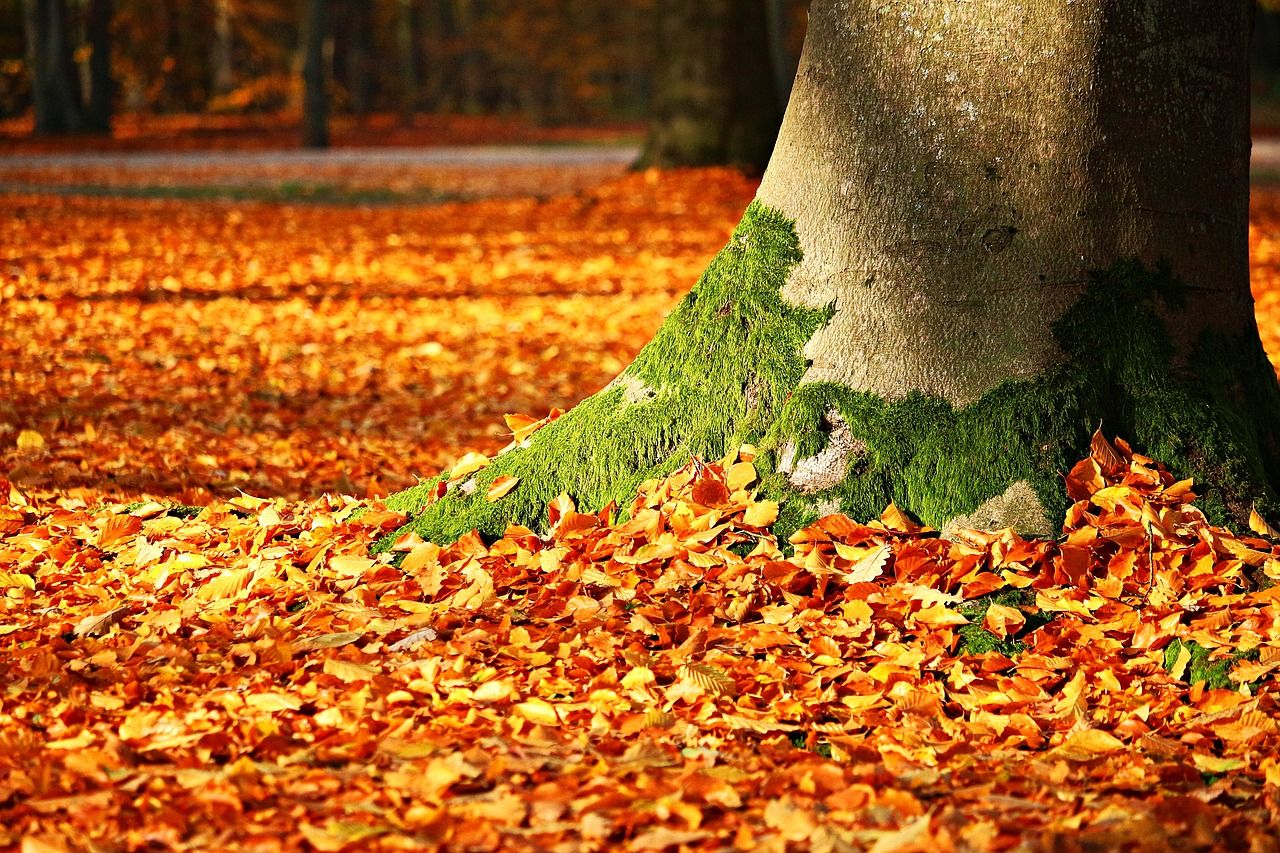
Tree leaves that fall naturally in autumn are sometimes used as mulch in vegetable production.
They are rich in calcium (Ca) and micronutrients, contain small to moderate amounts of N, P and K, and gradually break down to form leaf mold, a humus-like material that is valued by horticulturists.
Many people rake fall leaves to remove them, and more and more farmers are accepting the leaves as mulch or to make homemade organic matter such as compost.
The leaves are often used for berries and some other perennials that tolerate or prefer some acidity.
Pine needles (pine straw) are lower in nutrients, more persistent, and more acidic than hardwood leaves, and can be especially useful for blueberries, which require a low pH.
Tree leaves are much less likely than hay to carry the seeds of agricultural weeds; however, they have been observed to carry tree seeds (especially maple or ash), which germinate into vigorous seedlings that emerge easily through the mulch.
box title
- Tendency to cake when wet, creating soggy or airless soil conditions.
- Tendency to blow away when dry, or to fall on seedlings and suffocate them.
- Labor intensive application, not feasible on a large scale.
- Presence of garbage (cans, glass, plastic, etc.) on municipal leaves or in yard waste.
- The soil benefits of tree leaves can also be harnessed by including them in compost piles, or by making leaf mold (leaves aged for 1-2
- years until crumbly), which is an excellent soil amendment or potting mix ingredient.
Wood chips, bark
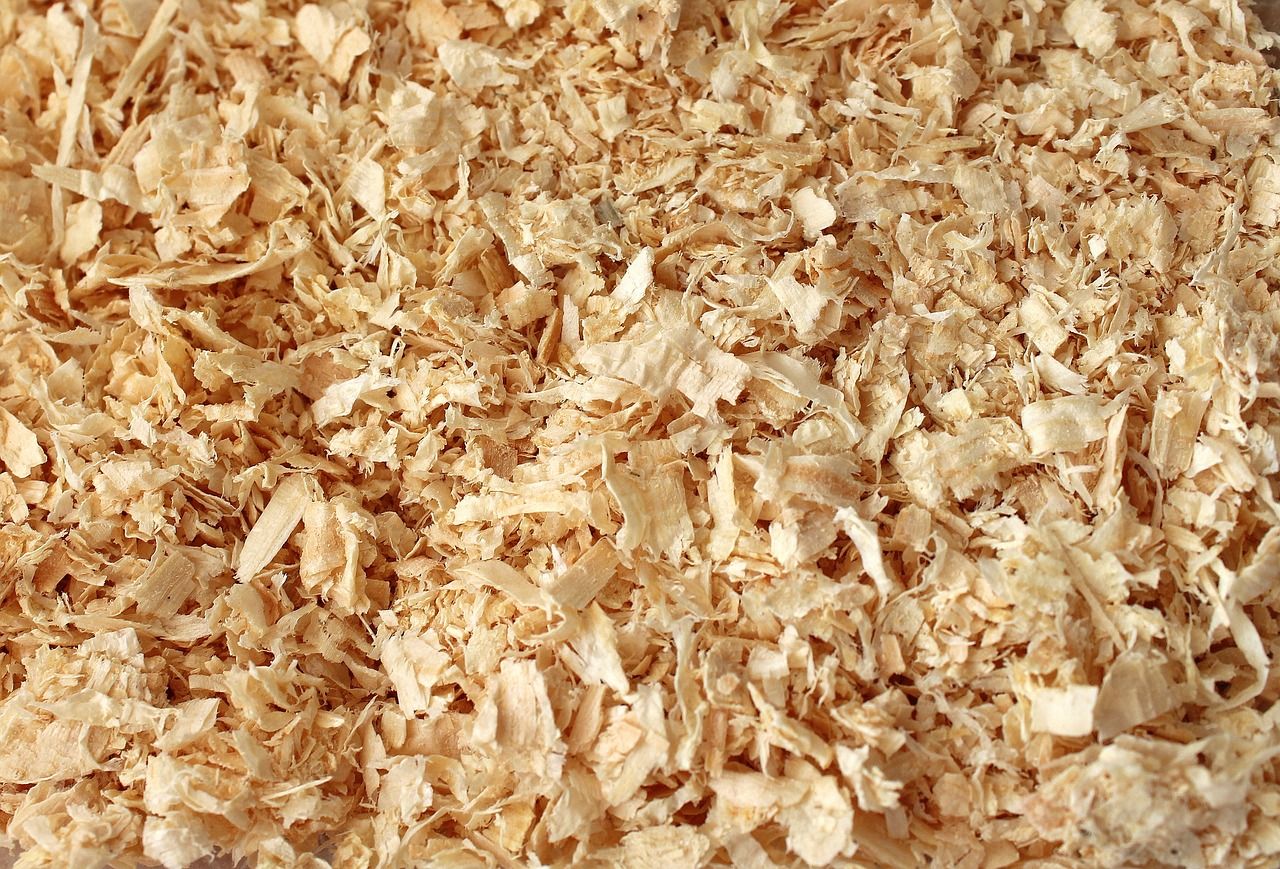
These forest product mulches are most often used on perennial crops such as berries and ornamental perennials, many of which prefer somewhat acidic soil rich in mycorrhizae and other beneficial fungi that support these materials.
They are typically coarser and more dense than hay or straw, require a higher tonnage per acre to suppress weeds, and may not be economical for most large-scale applications.
Other advantages of wood chips as organic mulch:
- High calcium and nitrogen ratio.
- Relatively long life.
- Allelopathic properties in the fresh state, especially in the case of walnut and some conifers (softwoods).
- They provide calcium (Ca), micronutrients and small amounts of N, P and K.
- Stable humus formation when fully decomposed.
Wood- or bark-based mulches should be aged for at least one year outdoors before application near crop rows to minimize possible allelopathic suppression of crop growth.
However, fresh chipped brushwood can be useful for suppressing weeds in paths or alleys between beds. Some people have had excellent results using 1-2 year old hardwood chips as a mulch, and 8-11 year old hardwood chips as a soil amendment for blueberry.
Chip and bark mulches should not be piled against the bases of trees or shrubs, as this can encourage the development of fungal diseases.
Sawdust
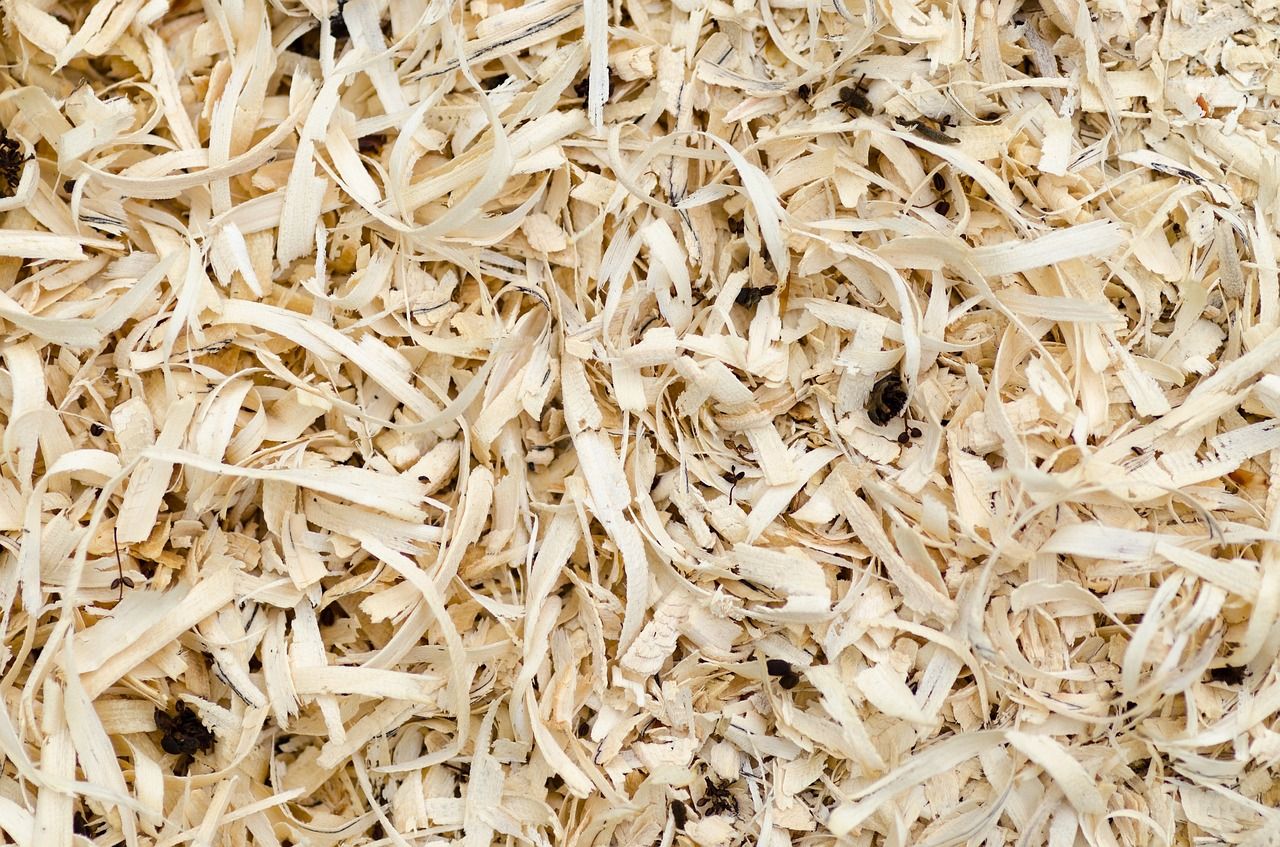
Sawdust is chemically similar to other wood products, but in being so finely divided.
box title
- It tends to cake and keep the soil moist and airless.
- It can retain soil N as small particles or soluble carbohydrates leach into the soil.
- It can be quite allelopathic against crops for a short time. It can be penetrated by some weeds, and can provide a good germination medium for wind-borne weed seeds.
- May be washed away by heavy rains on sloping fields.
Compost
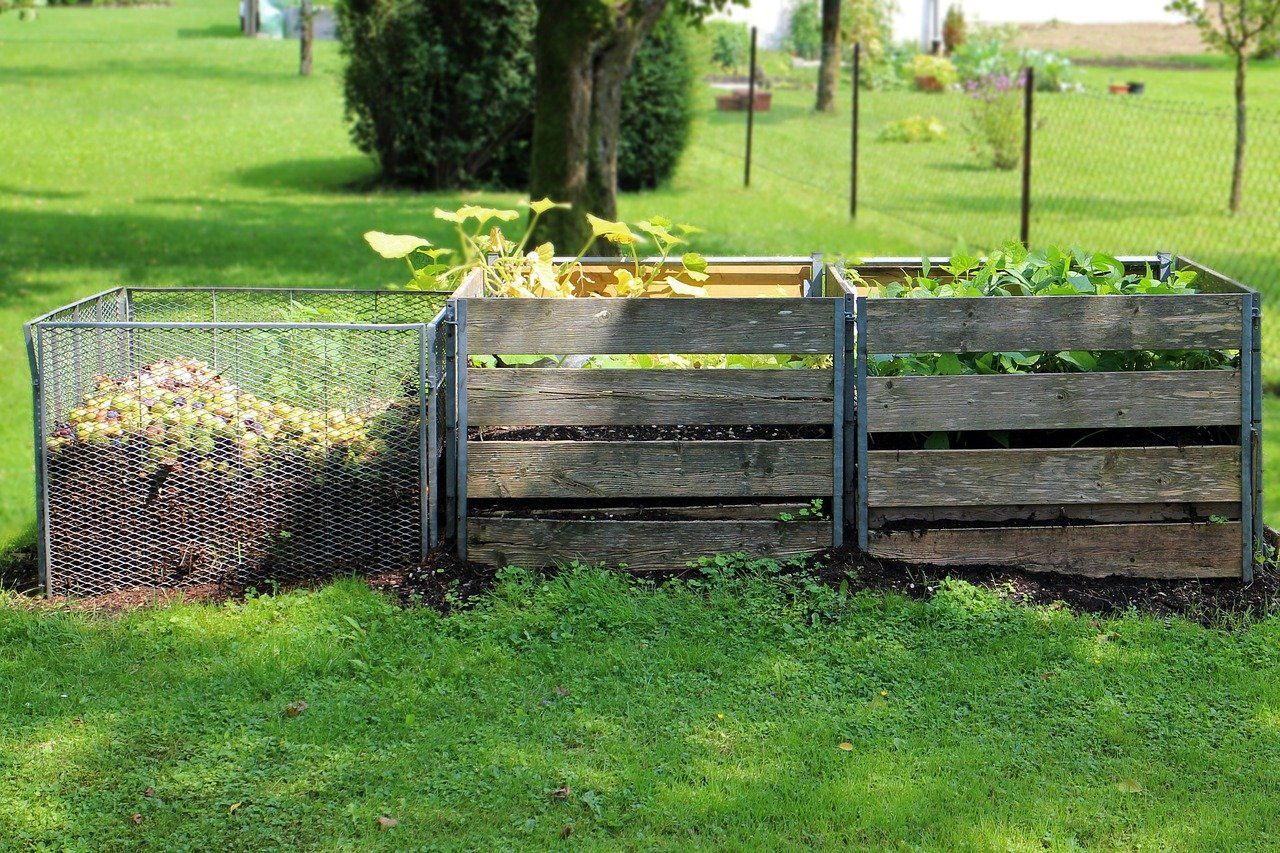
Some farmers use compost as mulch, although the amounts required for effective weed suppression may not be economically feasible.
Compost is much more effective and economical to use as an ingredient in potting mixes (at 10-50% of total volume), or as a soil amendment at 1-10 tons/ac to inoculate the soil with beneficial organisms, provide slow-release nutrients and improve soil structure.
Higher application rates, such as those used in the study, often lead to excessive levels of P, K and some micronutrients in the soil. The excess of P and K can favor the growth of weeds on the crops in the following years.
Manure
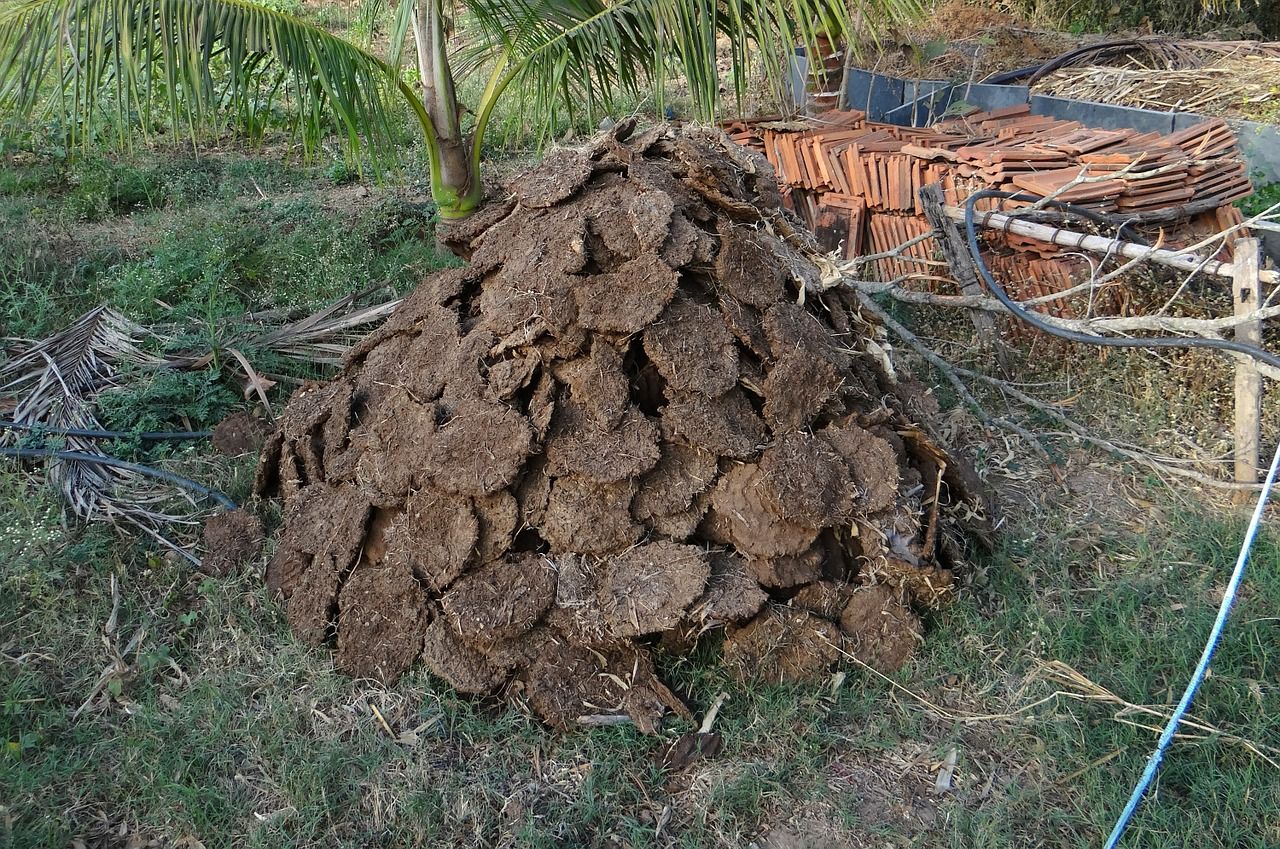
Organic matter such as manure is not recommended as a mulch for weed control. Many weed seeds pass through the digestive tracts of cattle unscathed, and the readily available nutrients in the manure encourage weed growth.
Sheepweed (Chenopodium album) and spiny amaranth (Amaranthus spinosus) are just two of many nutrient-responsive weeds that are frequently spread in manure.
In addition, uncomposted manure cannot be applied to certified organic vegetable crops within 90-120 days of harvest, and application of sufficient manure to suppress weed seedling emergence from the soil is likely to create gross excesses of P and K in the soil.
Other organic waste
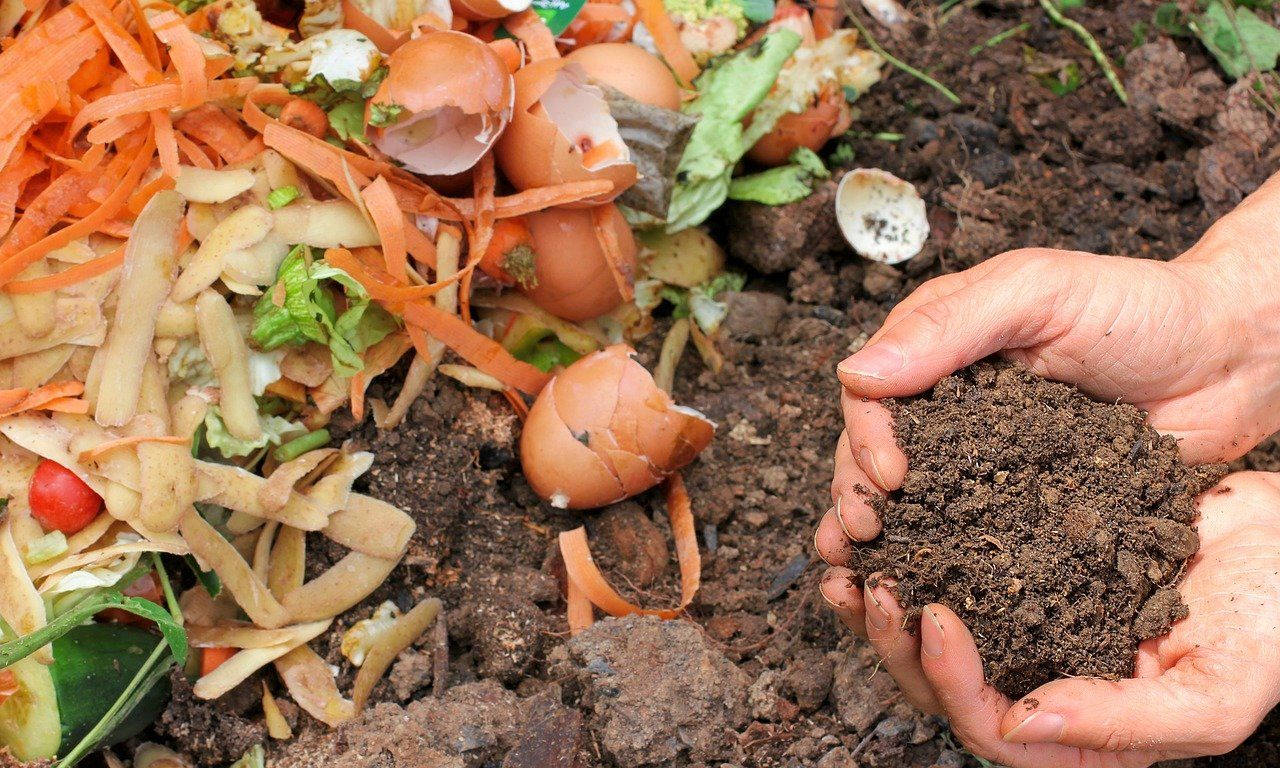
Crop residues—especially materials such as cotton gin waste, rice hulls, peanut hulls, and buckwheat hulls—may be available in quantity in certain localities.
Their ability to suppress weeds can vary, depending on texture and possibly chemical properties. Care must be taken to avoid crop residues that carry crop pathogens, weed seeds, or herbicide residues.
Buckwheat hulls have been reported to attract cats that use the mulch bed as a litter box, so it may not be a good choice in neighborhoods with a high cat population.
living mulch
For many years, some farmers have experimented with live mulches—perennial or annual cover crops grown between crop rows—in an effort to improve soil quality while suppressing weeds.
Experience has shown that living mulches grown close to crops often compete with the crops for moisture or nutrients, resulting in lower yields.
However, in widely spaced plantings, such as berry plantings, the alleys can be maintained with a perennial living mulch, while the area near the crop rows is kept free of competing vegetation and mulched with straw, wood chips, or other mulch. organic materials.
Living mulches can also be planted in 24- to 36-inch-wide strips between permanent vegetable beds to create firm, mud-free pathways for tractor and pedestrian traffic; define where workers and collectors should walk, and provide habitat for beneficial insects.
Clippings from periodic mowing of living mulch can be used to supplement organic mulch in crop beds.
References and bibliography
- Organic Mulching Materials for Weed Management.
-
Quantification and dynamics of forest litter as a contribution of organic carbon to the soil, SA Baietto Álvarez – 2020 – colibri.udelar.edu.uy
-
Living litter in an organic system of covered beans, JM Nájera, ME Rosemeyer, JE García – Central American Symposium on …, 1995 – sidalc.net
-
Effect of organic mulches on soil surface insects and other arthropods, HK Gill, R McSorley, M Branham – Florida Entomologist, 2011 – JSTOR
-
[PDF] of Agronomic Sciences, UNI FORESTAL – researchgate.net
-
[PDF] Leaf litter production, nutrient supply and decomposition in cocoa and fruit agroforestry systems, RE Jaimez, W Franco – Agrotrópica, 1999 – researchgate.net
-
[BOOK] Reducing Lead Hazard in Gardens and Playgrounds, LJ Brewer, DM Sullivan, PK Deol, SD Angima – 2017 – catalog.extension.oregonstate.edu
-
[QUOTES] Mulch: an organic aid to protect the garden soil. To Mairosser – Challenge 21, 2001 – sidalc.net
Has this article been useful for you? Leave us a comment with any questions you have

![Photo of The Best Electric Brushcutter: [Our Pick]](https://www.complete-gardening.com/wp-content/uploads/2022/08/the-best-electric-brushcutter-our-pick-390x220.jpg)
![Photo of Weevils: [Characteristics, Detection, Effects and Treatment]](https://www.complete-gardening.com/wp-content/uploads/2022/08/weevils-characteristics-detection-effects-and-treatment-390x220.jpg)
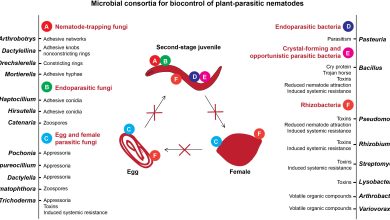
![Photo of Tomato Plantation Setting: [Distance, Density, Land and Season]](https://www.complete-gardening.com/wp-content/uploads/2022/08/tomato-plantation-setting-distance-density-land-and-season-325x220.jpg)